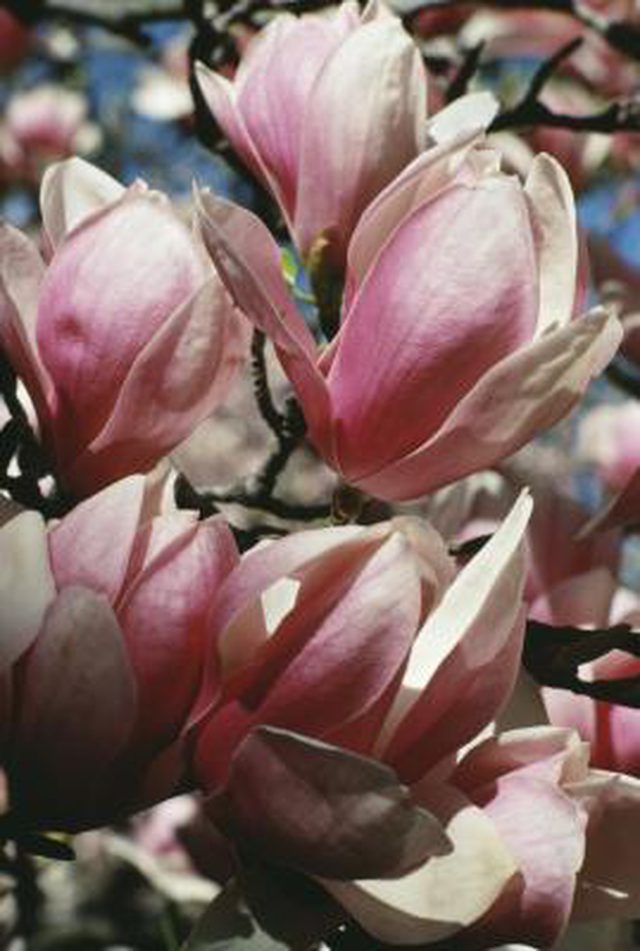Bulbs
Flower Basics
Flower Beds & Specialty Gardens
Flower Garden
Garden Furniture
Garden Gnomes
Garden Seeds
Garden Sheds
Garden Statues
Garden Tools & Supplies
Gardening Basics
Green & Organic
Groundcovers & Vines
Growing Annuals
Growing Basil
Growing Beans
Growing Berries
Growing Blueberries
Growing Cactus
Growing Corn
Growing Cotton
Growing Edibles
Growing Flowers
Growing Garlic
Growing Grapes
Growing Grass
Growing Herbs
Growing Jasmine
Growing Mint
Growing Mushrooms
Orchids
Growing Peanuts
Growing Perennials
Growing Plants
Growing Rosemary
Growing Roses
Growing Strawberries
Growing Sunflowers
Growing Thyme
Growing Tomatoes
Growing Tulips
Growing Vegetables
Herb Basics
Herb Garden
Indoor Growing
Landscaping Basics
Landscaping Patios
Landscaping Plants
Landscaping Shrubs
Landscaping Trees
Landscaping Walks & Pathways
Lawn Basics
Lawn Maintenance
Lawn Mowers
Lawn Ornaments
Lawn Planting
Lawn Tools
Outdoor Growing
Overall Landscape Planning
Pests, Weeds & Problems
Plant Basics
Rock Garden
Rose Garden
Shrubs
Soil
Specialty Gardens
Trees
Vegetable Garden
Yard Maintenance
How to Grow Magnolias in Pots
How to Grow Magnolias in Pots. Magnolias are a genus of about 100 species of flowering trees, ranging from 10-foot dwarf species to soaring 100-foot trees. Whichever type you grow, the tree will benefit from rich acidic soil and protection of its roots. Since the magnolia's surface roots are sensitive to disturbance, they are a good candidate for...

Magnolias are a genus of about 100 species of flowering trees, ranging from 10-foot dwarf species to soaring 100-foot trees. Whichever type you grow, the tree will benefit from rich acidic soil and protection of its roots. Since the magnolia's surface roots are sensitive to disturbance, they are a good candidate for containers, provided they receive proper care. The flowers of the species vary in color and appearance but are usually fragrant. Proper care of a container-grown tree requires special consideration of water and nutrients.
Things You'll Need
Container or planter
Potting soil
Compost
Fertilizer (slow release)
Insulation wrap
Pruning shears
Select a pot that can sufficiently contain the roots of the tree, allowing them some extra space. Consider the ultimate height of your magnolia. Sweetbay magnolia can reach 30 feet, while the southern magnolia can reach 80 feet. To reach their full size and maximum life span, small trees need a planter with 4 feet by 4 feet by 4 feet (64 cubic feet) of space, but they can be restricted to a shorter height with proper care.
Provide rich, well-draining potting soil that is slightly acidic. It should have adequate water-holding capacity and provide sufficient nutrients for the tree to grow. Amend with compost to add some nutrients to the soil. An Azalea and Camellia potting mix, which is acidic, is ideal for growing magnolias.
Place the tree in a protected, sunny location. Partial shade is also appropriate, especially in hot climates.
Fertilize at least once a year, using a slow-release acidic or magnolia tree fertilizer.
Protect roots from winter cold by placing the tree in a location that is shielded from wind and chill. If necessary, insulate the pots with tree wrap. Larger pots with more soil tend to protect trees better from cold because of the insulating qualities of soil.
Prune the canopy with tree shears to control its spread and growth. You might also cut the roots back to 1/3 of their length. Known as root pruning, this is a common method for controlling the size of container-grown trees.
Transplant to a large container once the roots become pot-bound. If left constricted, the tree might be severely damaged. Root pruning is beneficial and could boost growth if done before transplanting.
Tips & Warnings
Some of the best magnolia species for growing in pots are southern magnolia, Ann magnolia, Galaxy magnolia, saucer magnolia and star magnolia.
Magnolia roots are susceptible to freezing during winter and suffering from dry heat during summer as a result of being exposed above ground. Well-insulated pots and careful attention to extreme weather conditions are necessary to avert these problems.